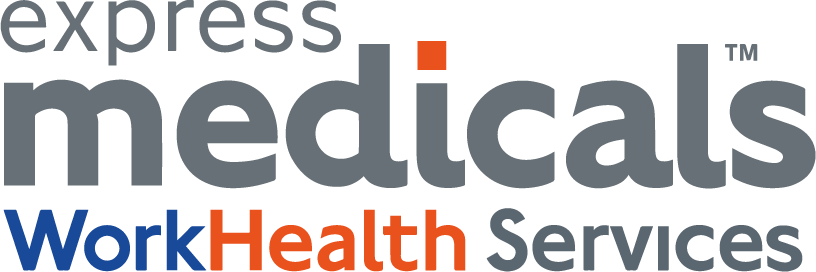Occupational Health Compliance: Essential Guidelines for Small Businesses
Adherence to occupational health and safety regulations is essential for every business, big or small. It not only ensure a safe and healthy work environment but also demonstrates that the company values its employees.
Sometimes, small businesses overlook their occupational health obligations due to budget constraints or limited resources. However, compliance isn't as daunting or expensive as it seems. This blog post aims to provide some practical guidelines for small businesses to ensure occupational health compliance.
Understanding Occupational Health Compliance
Occupational health compliance involves adhering to laws, regulations, and guidelines related to workplace health and safety. These requirements vary depending on your industry and location but aim to prevent workplace accidents, injuries, and diseases.
While the specifics can be complex, the core principle is simple: as an employer, you're responsible for providing a safe working environment. Failure to comply can result in hefty fines, legal actions, and in extreme cases, cessation of operations.
7 Easy Steps to OH Compliance
Understand your obligations:
Your first step is to understand the health and safety regulations relevant to your industry and location. This can involve some research, but resources like the Health and Safety Executive (HSE) offer plenty of guidance for businesses in the UK.
Perform risk assessments
Regularly conducting risk assessments is key. Identify potential hazards in your workplace, determine who might be at risk, and implement control measures to mitigate these risks.
Provide adequate training
Ensure all employees, especially those in high-risk roles, receive the necessary training to perform their tasks safely. This could range from equipment use training to first aid training.
Maintain proper records
Detailed records of your safety measures, risk assessments, accidents, and illnesses are crucial. They provide a documented trail proving compliance and can be invaluable in case of legal disputes.
Implement regular assessments
Regular assessments can identify issues early and help maintain a healthy workforce. In many industries, the regularity of these are mandated by the industry regulatory body. Express Medicals provides a range of comprehensive and specific medical assessments to ensure your employees are in optimum health.
Involve your employees
Employee involvement can lead to a more comprehensive and effective safety culture. Encourage them to report hazards and provide feedback about health and safety conditions.
Continually improve your safety practices
Compliance is not a one-time task. Regularly review and update your safety practices in line with new regulations, industry standards, and technological advancements.
Occupational health compliance should not be seen as a burden but as an investment in your company's most valuable asset - your employees. A healthy and safe workforce can drive productivity, reduce absenteeism, and promote a positive workplace culture. Remember, when it comes to occupational health and safety, cutting corners can have far-reaching consequences.
At Express Medicals, we are committed to helping small businesses achieve and maintain occupational health compliance. Our comprehensive suite of health services is tailored to meet the unique needs of small businesses. Contact us today to learn more about how we can help you foster a healthy and safe working environment.
